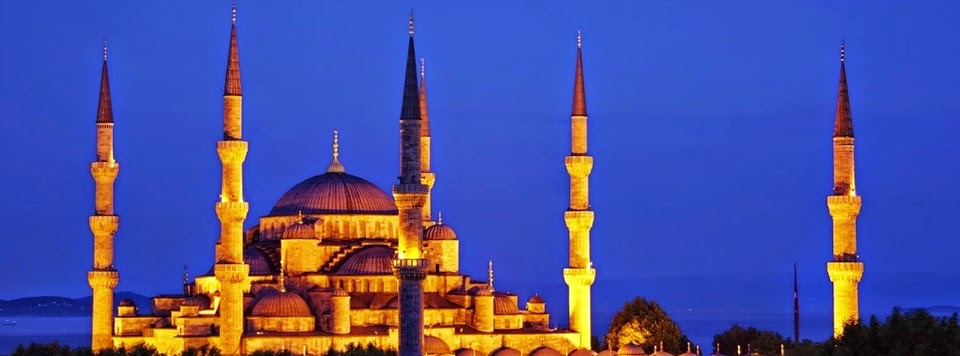Hagia Sophia | Istanbul sight seeing
Hagia Sophia (Aya Sofya) : Certainly one of Istanbul's illustrious landmark, the Hagia Sofia would be a former chapel, mosque and today a museum. It is an essential achievement of Byzantine architecture.
image credit: blogcritics.org
GENERAL INFORMATION
Hagia Sophia Museum (St.Sophia , Ayasofya) was former Orthodox patriarchal basilica, later a mosque, and now a museum in Istanbul City. From the date of its dedication in 360 until the year of 1453 it served as a Greek Patriarchal cathedral of Constantinople. Following by Ottoman Empire, building turned in to a mosque on 29 May 1453 and remained until 1931 when it was closed to the public for four years. It was re opened in 1935 as a museum by the Republic of Turkey. You can get information with professional analysis of Turkey – its politics and history, economic, social, military, and national security systems and institutions, written by the experts at the Federal Research Division of the Library of Congress at Here!With its massive dome, it is considered the epitome of Byzantine architecture as it is changed the history of architecture.It was also the largest cathedral in the world for almost thousand years until Seville Cathedral built, which was completed in 1520.
The current building was originally constructed as a church between 532 and 537 with the orders of the Byzantine Emperor Justinian. It was the third Church of the Holy Wisdom to occupy the site. The previous two churches been destroyed by rioters. Church was designed by the Greek scientists Isidore of Miletus, a physicist, and Anthemius of Tralles, a mathematician. Hagia Sophia is contained a large collection of holy relics including a 49 foot (15 m) silver iconostasis. It was the seat of the Patriarch of Constantinople and the religious focal point of the Eastern Orthodox Church for almost one thousand years.
In 1453, Constantinople was conquered by the Ottoman Turks under Sultan Mehmed II. Sultan Mehmed II (Fatih Sultan Mehmed) is subsequently ordered the building converted into a mosque.Many items such as bells, altar, iconostasis, and sacrificial vessels were removed and many of the mosaics were plastered over and Instead Islamic features like the mihrab, minbar, and four minarets were added while in the possession of the Ottomans.
As an almost 500 years the principal mosque of Istanbul, Hagia Sophia (St.Sophia, Ayasofya) served as a model for many other Ottoman mosques, such as Blue Mosque, Suleymaniye Mosque and others.
Credit: http://www.hagiasophia.co





